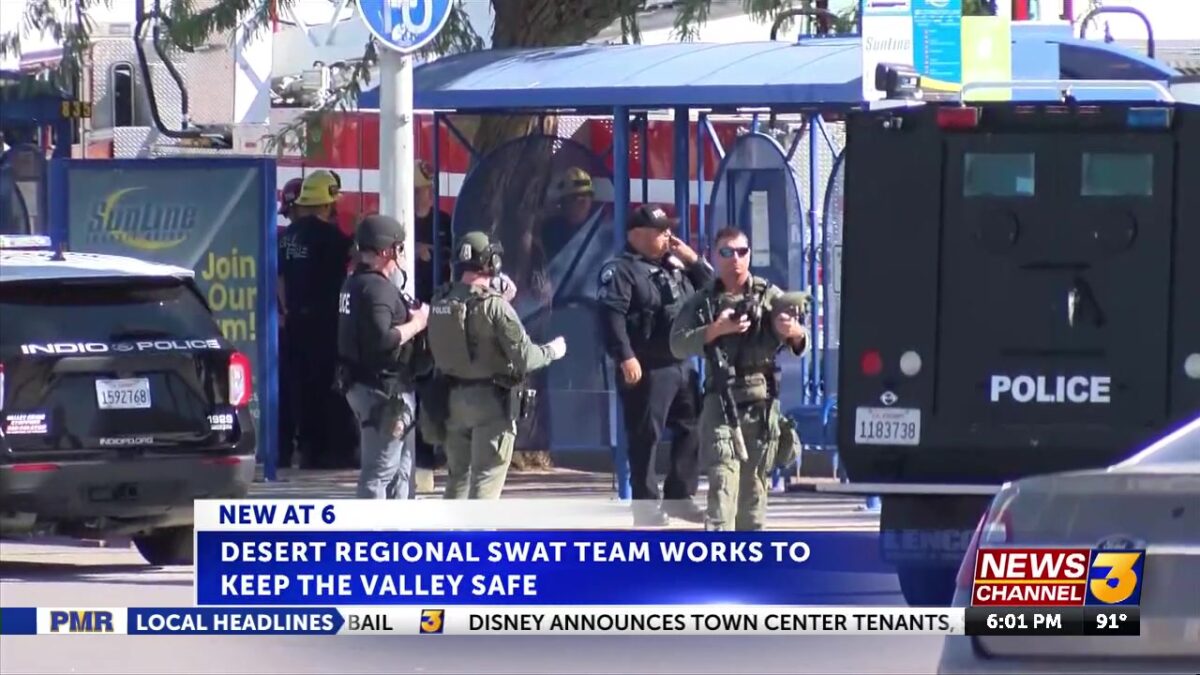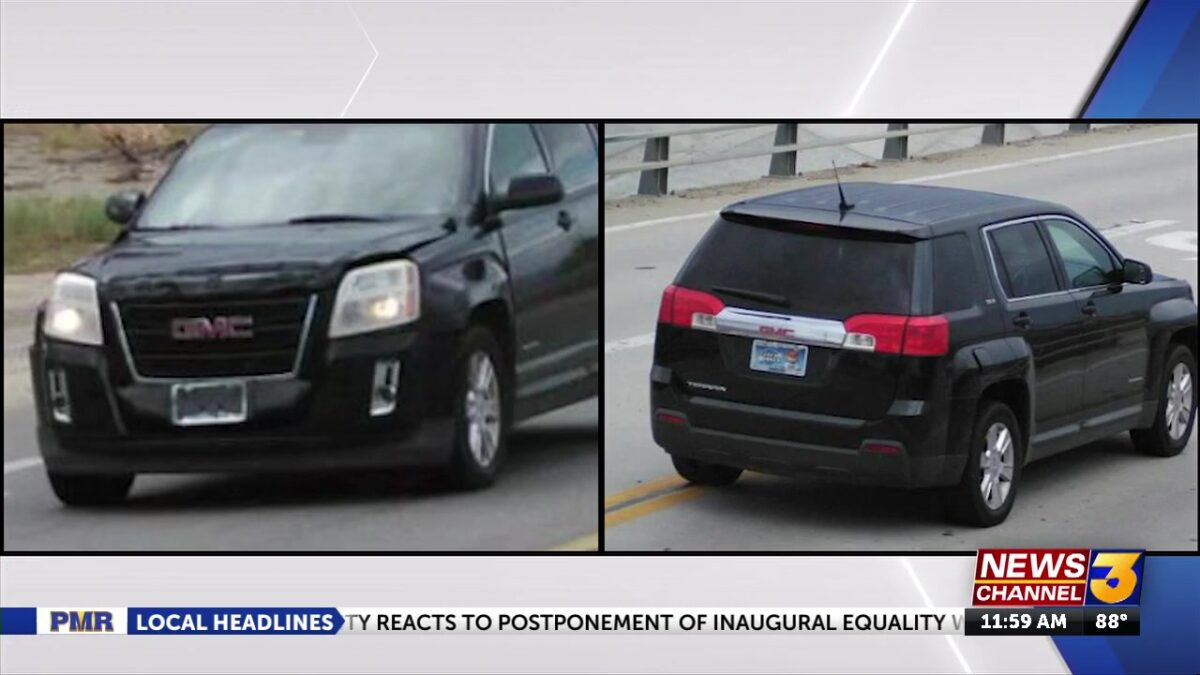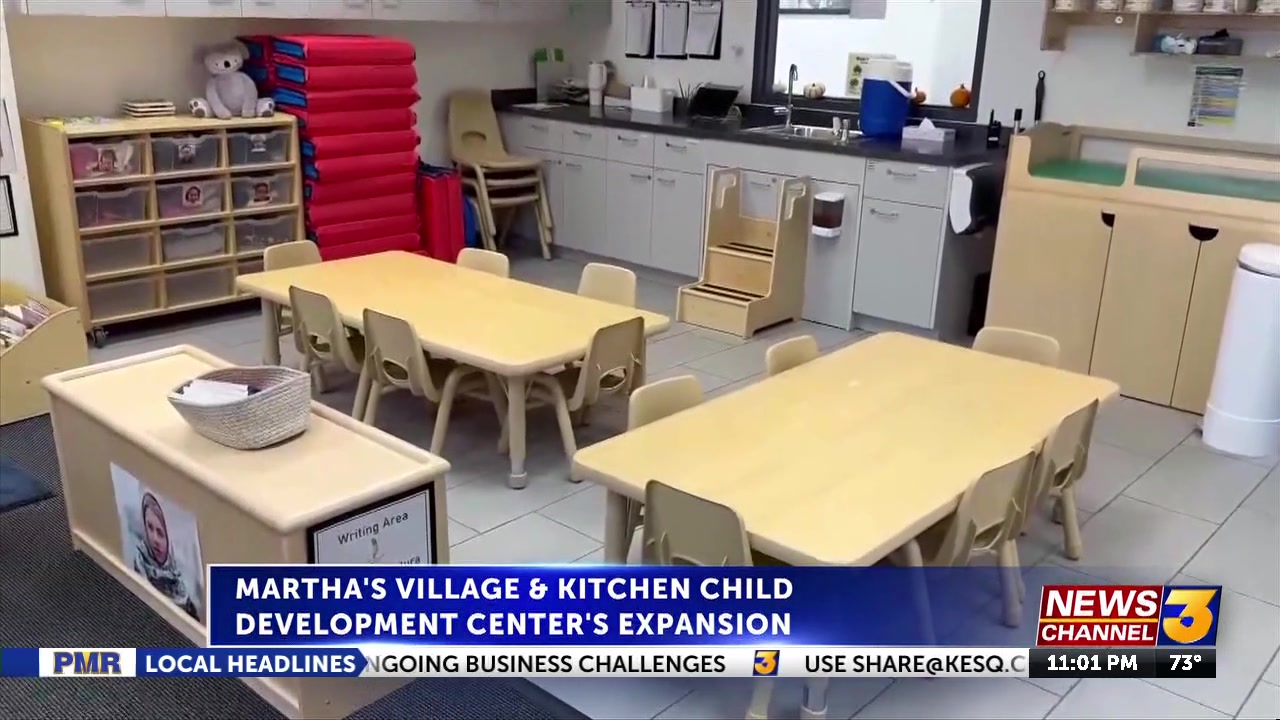Jesus Reyes
PALM SPRINGS, Calif. (KESQ) – The Plaza Theatre is opening its doors in a wicked fashion. Emmy, Tony, and Grammy award-winning actress Cynthia Erivo will host the Opening Night Gala for the historic theatre, officials announced.
The Opening Night Gala will be held on Monday, Dec. 1 at 7:30 p.m.
“… this is a woman that could play gigantic, she could play stadiums at this point, and I think she was actually touched to be asked and so for us, we wanted somebody really exciting to open the Plaza, and we couldn’t be more thrilled,” J.R. Roberts, president of the Palm SpringsPlaza Theatre Foundation, told News Channel 3’s Peter Daut. “… this is a woman who is brilliant, talented, she represents diversity, she’s everything that we love in a star. And is there a bigger talent on the scene right now?”
Tickets will be available through Ticketmaster’s Ticket Request system. Requests will open Tuesday, October 21 at 10:00 a.m. PST and close Monday, October 27 at 10:00 p.m. PST. There is a two-ticket limit per customer.
Each ticket includes a copy of Erivo’s upcoming book, Simply More: A Book for Anyone Who Has Been Told They’re Too Much, along with a commemorative ticket and limited-edition poster created exclusively for the Opening Night Gala.
Erivo’s one-night performance will feature Mark Meadows and the Palm Springs Pops Orchestra. The event is sponsored by Richard Wood and Michael Blasingame. For more information, visit the Plaza Theatre’s website.
“Opening Night at the Plaza is the moment we’ve all been waiting for,” says John Bolton, Senior Vice President, Oak View Group, and General Manager of the Plaza Theatre. “We’re honored to welcome Cynthia Erivo for this milestone performance; it’s the perfect way to begin a vibrant new chapter in the Plaza’s story.”
The Plaza Theatre is one of Palm Springs’ oldest and most iconic venues but it has been closed since 2014. For several years now it has been in the process of being restored to its original splendor.
In August, News Channel 3’s John White got an exclusive look at the progress on the restoration and some of the improvements theatre goers will notice when they return to the historic theatre.
Cynthia Erivo is a Tony®, Grammy®, Emmy Award-winning and three-time Academy Award-nominated actor, singer, and producer who burst onto West End and Broadway stages in The Color Purple, winning the Tony for Best Actress in a Musical.
She recently starred as Elphaba opposite Ariana Grande in Universal’s record-breaking WICKED, which became the highest-grossing movie ever at the domestic box office based on a Broadway musical, earning her Golden Globe, SAG, Critics’ Choice, NAACP, BAFTA, and Academy Award nominations.
Erivo will reprise her role in WICKED: FOR GOOD (November 21, 2025) and is set to star in the film adaptation of Prima Facie, which she’ll also executive produce under her Edith’s Daughter production banner. Beyond acting, she’s a Grammy®-nominated songwriter and performer who has released two albums—Ch. 1 Vs. 1 (2021) and I Forgive You (2025)—and headlined venues including the Kennedy Center Honors and the Academy Awards. In 2026, she returns to the West End in Kip William’s one-woman theatrical extravaganza Dracula, playing 22 roles including Bram Stoker’s demonic vampire.
The gala is being held a little over a week after the release of “Wicked: For Good,” the sequel to last year’s hit musical “Wicked.”
Erivo received a lot of praise and accolades for her performance in the first film, including the Creative Impact in Acting Award at Variety’s Creative Impact Awards during the 2025 Palm Springs International Film Festival.
 Cynthia Erivo and Ariana Grande at Variety’s Creative Impact Awards(01/04/25)
Cynthia Erivo and Ariana Grande at Variety’s Creative Impact Awards(01/04/25)
It wasn’t Erivo’s first time being honored during the Palm Springs Film Festival. In 2019, she received the Breakthrough Performance Award for her performance in Harriet.
Click here to follow the original article.
 Courtesy of Desert Hot Springs Police Department
Courtesy of Desert Hot Springs Police Department





 Cynthia Erivo and Ariana Grande at Variety’s Creative Impact Awards(01/04/25)
Cynthia Erivo and Ariana Grande at Variety’s Creative Impact Awards(01/04/25)




